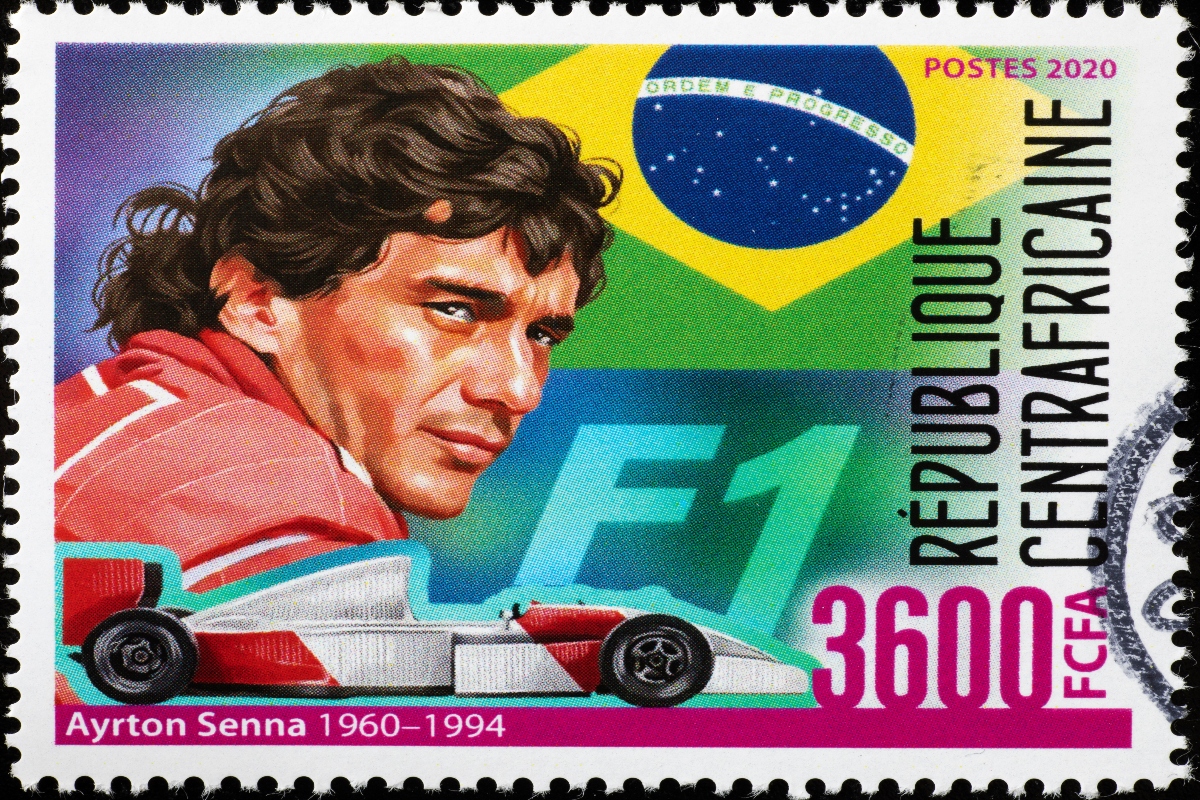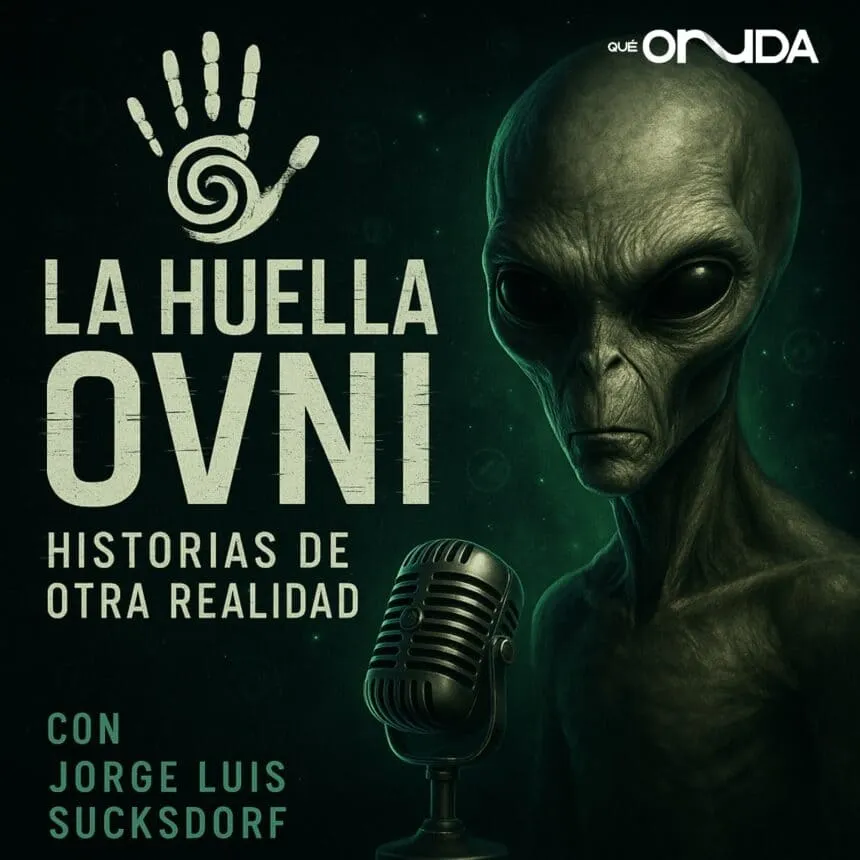The world of motorsport will never forget Ayrton Senna, one of the greatest drivers in the history of Formula 1.
His death on May 1, 1994, left a void that still resonates among sports fans and in the U.S. Hispanic community, where his legacy continues to inspire.
Who was Ayrton Senna?

Born in São Paulo, Brazil, Senna showed his talent from a young age.
He won three Formula 1 world championships (1988, 1990 and 1991) and was noted for his ability to drive under difficult conditions, especially in the rain.
Known for his passion, determination and charisma, Senna became a global idol, especially for the Latino communities, who found in him a symbol of effort and self-improvement.
The tragedy at Imola

The 1994 San Marino Grand Prix is remembered as one of the darkest in the history of Formula 1.
During the race at the Imola circuit, Ayrton Senna’s Williams FW16 went off the track at the high-speed Tamburello corner and crashed into a concrete wall.
Despite immediate medical attention, Senna succumbed to his injuries and was pronounced dead later that day at the age of 34.
His tragic passing sent shockwaves around the world and became a pivotal moment in Formula 1 history.
In response, FIA introduced significant safety measures, including improved car designs, circuit modifications, and stricter medical protocols—many of which continue to shape the sport today.
His death caused worldwide shock
QuéOnnda
An eternal legacy
Beyond his sporting achievements, Senna is remembered for his humanitarian work.
He founded the Ayrton Senna Institute, an organization that has helped millions of children in Brazil through education and sport.
His story lives on in the hearts of motorsports fans and continues to be an example of how talent, dedication and humanity can transcend generations.
For more information, visit QuéOnnda.com.














